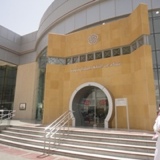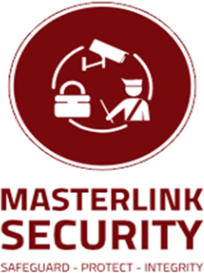Title Page
-
Site conducted
-
Site conducted
-
Conducted on
-
Prepared by
-
Location
-
The airport security program to determine its depth, scope and relationship to national policy for implementation and effectiveness;
-
Training programs, including initial and recurrent training, to ensure national policies and requirements are properly addressed;
-
Landside/airside barriers (both external and internal);
-
Procedures in force for controlling access to airside areas including the operation and administration of permit systems ;
-
Security measures in place, both physical and procedural, to protect cargo and air security measures are in place at in-flight catering centers to protect the integrity of catering supplies to aircraft are examined;
-
Airport emergency procedures are in existence that address, as a minimum, hijacking of aircraft, destruction of aircraft, sabotage of airport facilities, acts of terrorism at airports, bomb threats against aircraft and bomb threats against airport facilities;
-
Airport Emergency Operations Centre (EOC) to determine its compliance in terms of its location, security, access, facilities, logistical support and layout, including the isolated aircraft parking position;
-
Effectiveness of the security lighting of critical areas;
-
Effectiveness of previous security surveys and inspections carried out, including how their results and findings have been used and implemented, is determined;
-
Conduct of security exercises on a regular basis to test security measures and procedures;
-
Requirements for security equipment and systems are evaluated;
-
The architectural or building layouts and the organization of the work with the objective of improving the airport security system shall be studied
-
The subcontractor‘s Security and Training Program is in accordance with operator’s, Civil Regulations and specific local security authority requirements
-
Completed by:
-
Signature
-
Findings/Comments









